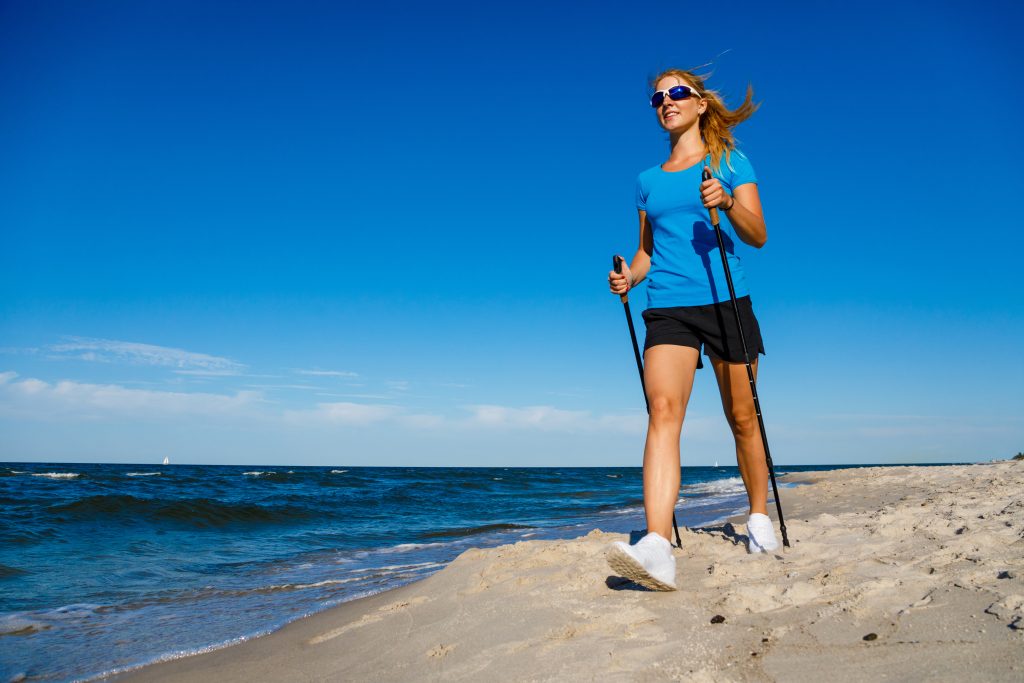
Varicose veins are often quite symptomatic with aching, heaviness, cramp and itching. These problems may cause limitations to lifestyle choices and enjoyment of life. People in physical and standing work – builders, chefs, teachers and hairdressers are common sufferers.
The symptoms and appearance of veins will slowly get worse over time. As you age and become less active they can deteriorate leading to skin changes or even ulcers.
Even small veins can become painful and can undermine a person’s confidence and self esteem.
There are three main options:


Examination by our vein physician followed by an ultrasound scan will determine which treatment is required.
Because segments of varicose veins may not be visible on the skin surface, as they run in a deeper plane just under the skin, an ultrasound scan is carried out prior to treatment to create a “virtual map” of the lower leg veins. This map precisely displays all abnormal veins, and helps identify the underlying source/origin of the visible varicose veins.
The recommended treatment depends on the initial examination by our vein physician and the scan findings.
Yes they can, but figures suggest that reoccurrence is less common with modern treatments. It is beneficial to have regular checks after varicose vein treatment so that if new varicose veins do develop they can be treated early (often with injections/sclerotherapy).


Telangiectasias, also known as spider veins, are small dilated blood vessels that can occur near the surface of the skin. These dilated blood vessels can develop anywhere on the body (commonly on the face).
When they occur on the legs, they are often associated with underlying or “hidden varicose veins”. An assessment with our vein physician is recommended. The underlying varicose veins need to be treated before the spider vein can be attended to.
For spider veins on the legs, sclerotherapy is usually more effective than laser light treatment.
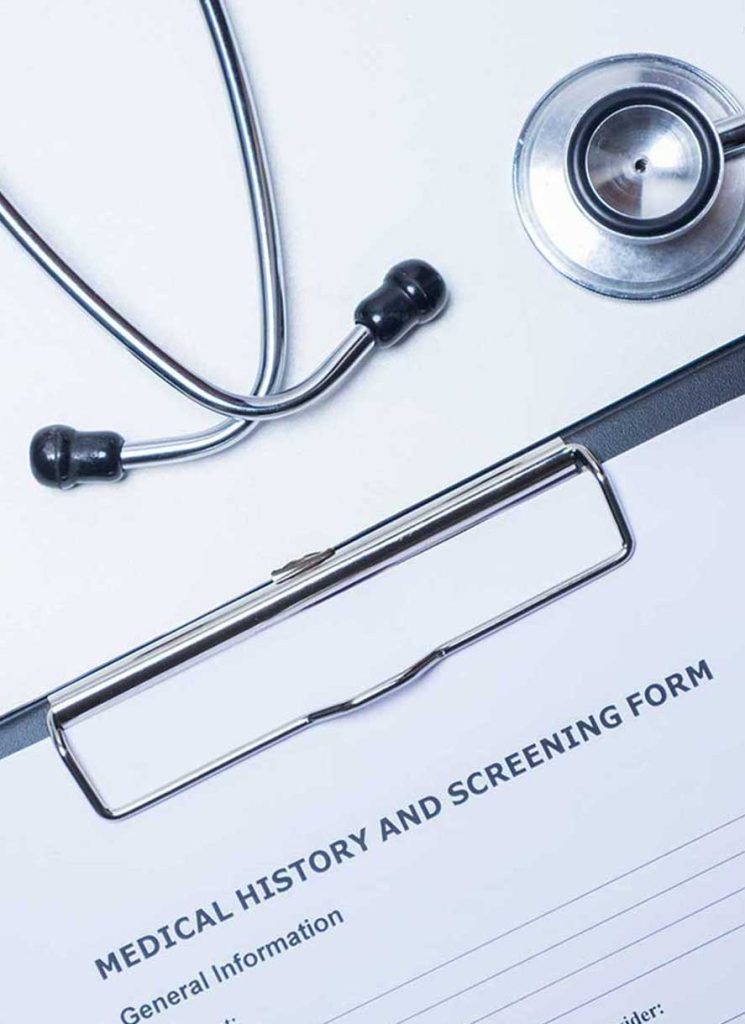
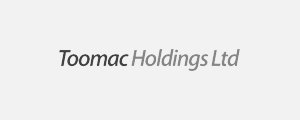

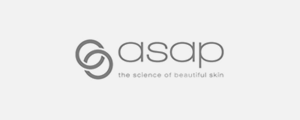
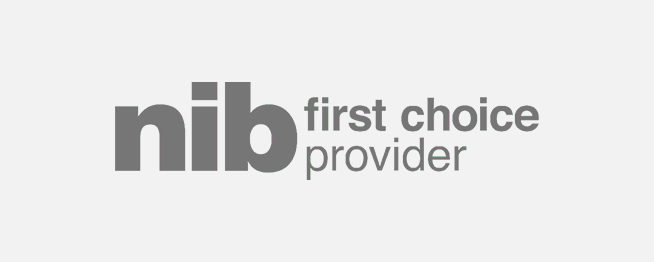
© 2024 Vein and Laser